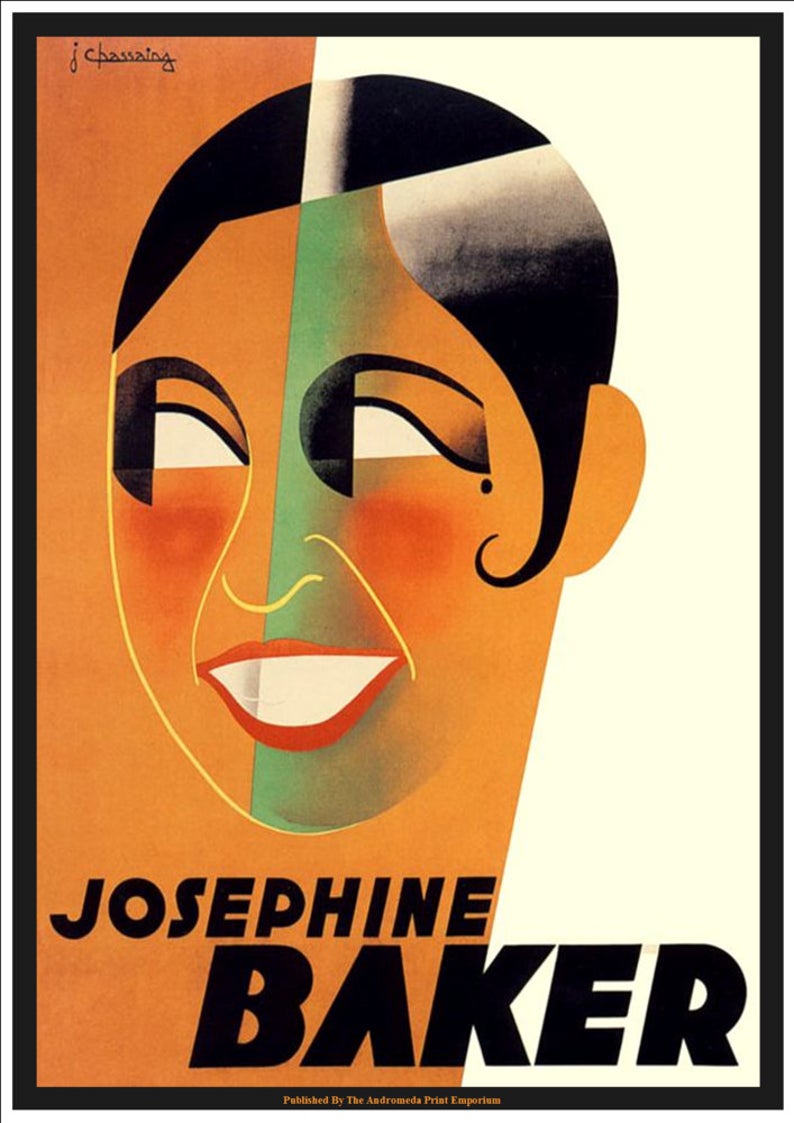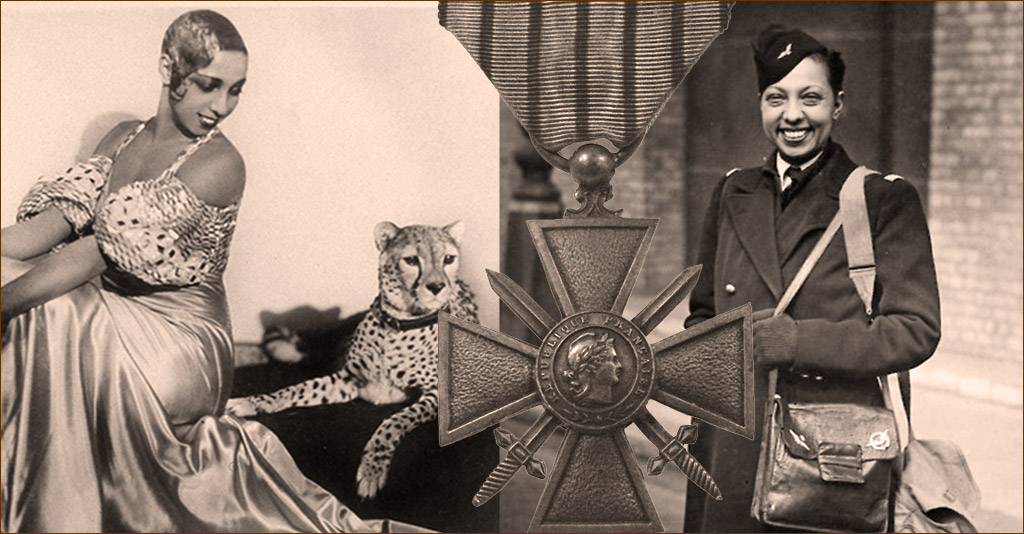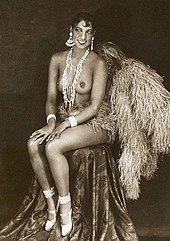When Paris went bananas—Part 1 updated

Stop Press:
“American-born French dancer Joséphine Baker will be inducted into the Panthéon, an honour reserved for France’s national heroes, on November 30. The move recognises her courage in actively resisting Nazi Germany during World War II.
Franco-American dancer and singer Joséphine Baker, a prominent figure in the French Resistance during World War II, will be inducted into the Panthéon on November 30, the newspaper Le Parisien reported Sunday, citing French President Emmanuel Macron.” according to France 24.
Editor’s note: We originally published this article on the anniversary of Josephine Baker’s death – April 12 1975 some 46 years ago. Then added the press release on 26 August 2021
Rags to riches is a grossly overused cliché, but it’s the only way to adequately describe Freda McDonald’s breakthrough onto the stage. Born of mixed-race parents in segregated Missouri in 1906, she propelled herself into show business against all odds. Her determination and drive brought her immense wealth at an early age, but, unfortunately, the reverse was equally true of the cliché.
Towards the end of her days, riches reverted to rags.
Freda was eventually declared bankrupt and she was forced to quit the Château des Milandes, where she’d lived in the Dordogne for many years with a family of orphans.

Freda was born in a low-income, racially mixed ‘clubs and brothels’ area of St Louis, Missouri. When she was eight, Freda worked as a live-in domestic for white families. She was often badly treated and her conditions were invariably dire. By the time she was a teenager, she’d dropped out of school and was living in cardboard shelters, scavenging for food and eking out a living by street-corner dancing and busking.
However, her persistent hounding of a neighbourhood show manager led to a breakthrough.
It was the height of the Haarlem Renaissance, and ‘black face’ and minstrel traditions were losing currency on the stage. But there were plenty of opportunities for the new breed of black actors, dancers, and musicians.
Freda soon became widely known for her comic routines in Broadway reviews and was soon billed as:
the highest-paid chorus girl in vaudeville.
These performances resulted in another quantum leap forward.
The emergence of Josephine Baker
She became Josephine Baker and sailed to Paris on a new venture. Aged only nineteen, she opened in ‘La Revue Nègre‘ at the Théâtre des Champs-Élysées.

The venue was not new to controversy. There had been riots on the opening night of Stravinsky’s ‘Rite of Spring’.
Whereas censorship had taken a firm grip on what could be shown on the stage and in movies in America, in France, there were no such puritan restrictions. Baker was soon on stage in several highly erotic, scantily clad appearances with wild, savage, and jungle themes.
In later shows, her favourite prop was her pet cheetah, ‘Chiquita‘. Unfortunately, it escaped into the orchestra pit several times where it caused pandemonium but added an extra layer of excitement to her show.
In her near-naked performances in ‘Danse Sauvage‘ and ‘La Folie du Jour‘ she wore a skirt made only of a string of bananas. in front of angled mirrors that revealed just about all. Her routine drove the audience wild.
Ils sont devenus fous.

Ernest Hemingway proclaimed that Josephine Baker was the:
most sensational woman anybody ever saw.
Her career in entertainment spanned fifty years.
In no time at all, Josephine Baker was the Folies Bergère’s top banana.
But Josephine Baker was not seen in the same light in America. When she became the first black actor to take the lead role in the movie ‘Zouzou’, negro actresses in the States were stuck playing nannies and maids. Despite her film’s success in Europe, US movie censors only allowed it to be shown to segregated African-American audiences.
On a return trip to Broadway in the thirties, she clashed with segregationist America. Reviews of her performance in Ziegfield Follies were scathing.
Time Magazine labeled her a:
Negro wench.
Despite her European triumphs, hotels slammed their doors in her face. When she returned to France, she abandoned her US citizenship to become a French national.

At the outbreak of WWII, most US expats went back to America, but Baker was recruited by French military intelligence and, as we shall see in ‘Paris went Bananas—Part 2‘, she used her position as an international entertainer to great effect against the Nazi occupiers. She was ultimately awarded the Croix de Guerre and Legion of Honor, France’s highest military honors.
How familiar were you with the various lives of Josephine Baker? Please share your thoughts and experiences with us in the comments below.
Continue on to read Paris went Bananas—Part 2
Image Credits:
1. Freda Josephine McDonald aka Josephine Baker via wikipedia
2. Milandes Chateau via their website
3. Grafitti – The perils of jazz by megpi – via TheConversation.com
4. Vintage Poster via Etsy
5. 6.& 7. Josephine Baker via wikipedia
8. Josephine Baker via Wednesdayswomen.com
NOTE: This popular article was republished on 26 August 2021 when it was announced that Josephine Baker will be inducted into the Panthéon—a huge honour in recognition of her contribution to France during the Wartimes.










